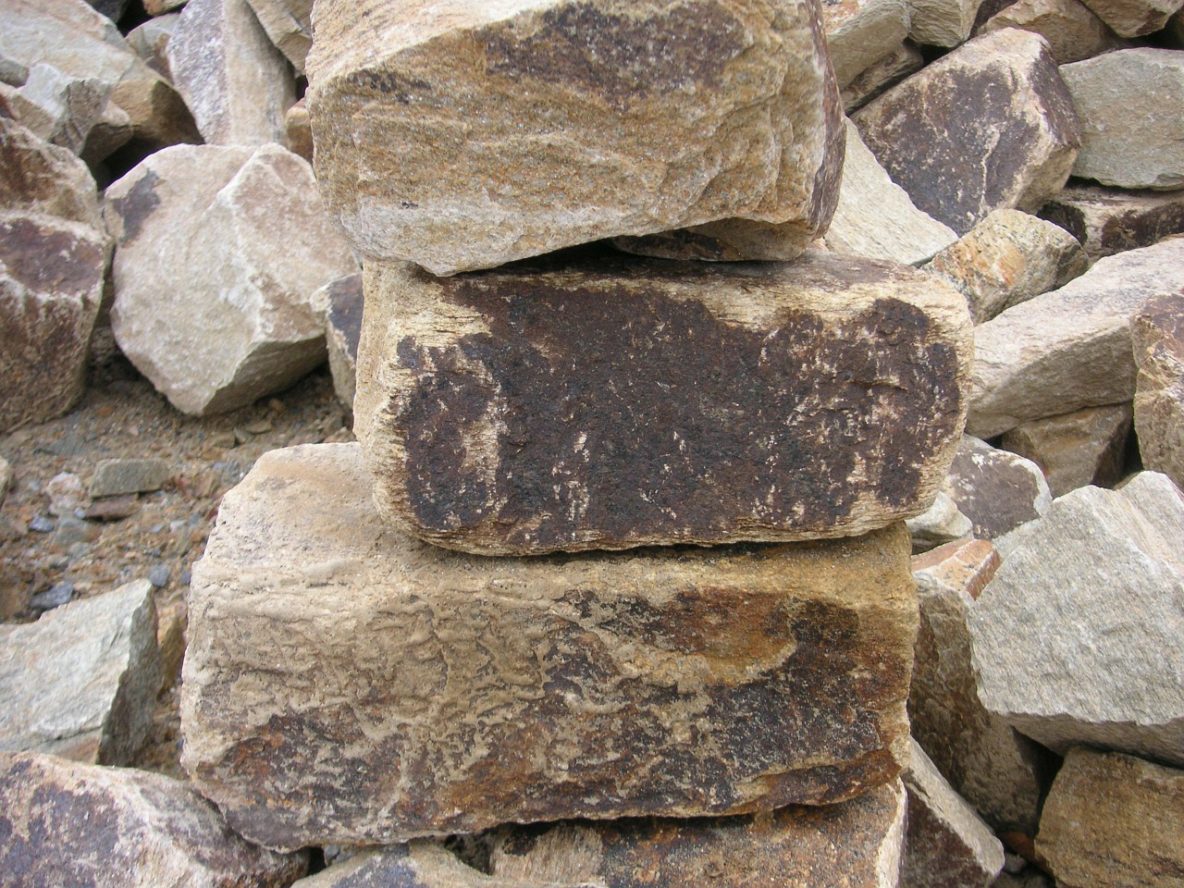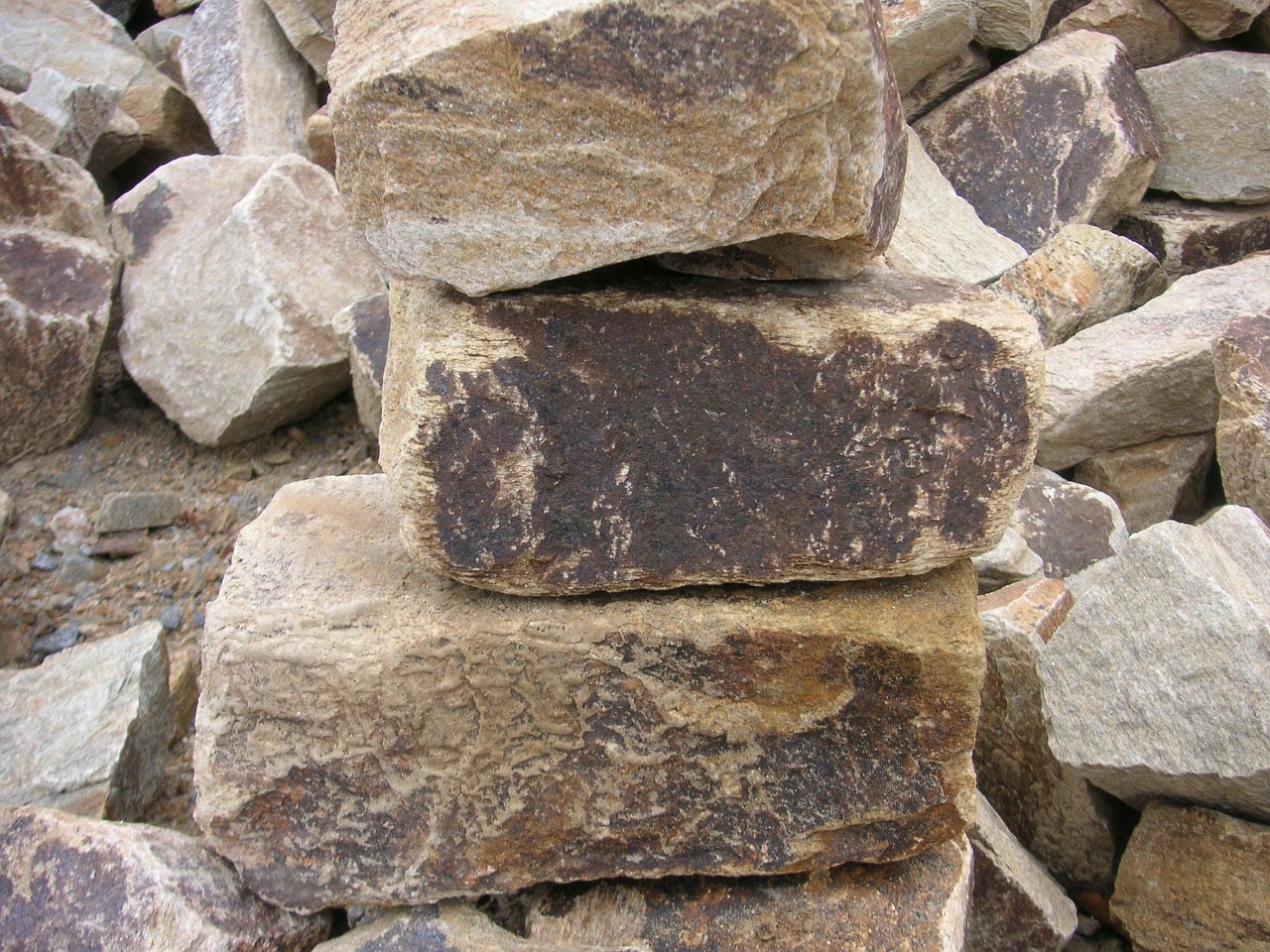NYS Workers Comp Code 1803 Stone Cutting or Polishing Rates
Description: Code 1803 applies to employers engaged in the cutting, sandblasting, grinding, polishing and engraving of stone such as limestone, granite, marble and slate and includes stone dealers engaged in polishing and engraving.
Quarrying or mining and stone cutting in quarries is not assigned to code 1803 (refer to 1624).
This code applies to retail monument dealers who purchase cut and polished monuments or gravestones from wholesale monument manufacturers. Slate milling, grindstone, millstone manufacturing, lithographic stone manufacturing and marble or slate mantle manufacturing are also assigned to this code. This could also include the turning and carving of alabaster to form vases and other decorative accessories and ornamental objects.
Materials Used: Stone cutting tools such as saws, other apparatus to cut and smooth the surface, sandblasting, etc.
NYS Workers Comp Code 1803 Stone Cutting or Polishing Pricing: Solid companies with a good loss history can obtain better than average pricing on NYS Workers compensation rates
STONE PRODUCTS — NOC
Category: Manufacturing
SIC CODE: 3274 Lime
All codes starting with 329 except 3297
NAICS CODE: 327410 Lime Manufacturing
327991 Cut Stone and Stone Product Manufacturing
327993 Mineral Wool Manufacturing
327999 All Other Miscellaneous Nonmetallic Mineral Product Manufacturing
Suggested ISO General Liability Code: 59189, 50010, 50017, 51230, 55214, 56427, 56980, 59482
Suggested Workers Compensation Code: 1699, 1803, 1741, 1748, 1852, 1853
Description of operations: Stone product manufacturers produce a variety of products ranging from abrasives used in sandpaper and toothpaste to mineral wool and crystal used for different kinds of insulation to end products such as grinding stones. The raw materials may be purchased from others or mined at the manufacturer’s own quarries. After mining, raw materials are run through several crushing and mixing operations to attain the required coarseness. The proper proportions of materials are mixed, and then possibly baked in a kiln (either dry or wet) before being combined with necessary additives. There may be additional grinding operations to form powders.
Property exposures consist of office, production plant and warehouse for raw materials and finished goods. Ignition sources include electrical wiring, heating systems, production machinery, kilns, and the storage of large amounts of fuel to run, lubricate, and maintain them. The machinery is normally large and may convey heavy loads. Maintenance is critical to prevent overheating and other potential fire hazards. Sparks or high temperatures may ignite dust particles generated by cutting or buffing, resulting in fire or explosion. Adequate dust control and ventilation systems are needed. Fuels stored on premises should be separated from processing areas. Some types of stone may be brittle and subject to breakage; neither the raw materials nor the finished products are susceptible to fire, water or smoke damage. Explosives used in blasting operations may explode and are targets for theft.
Equipment breakdown exposures include malfunctioning production equipment, dust collection and ventilation systems, electrical control panels and other apparatus. These should be properly maintained and records kept in a central location. A lengthy breakdown could result in serious loss, both direct and under time element.
Crime exposure comes from employee dishonesty. Employees may act alone or in collusion with outsiders in stealing money, raw materials or finished stock. Background checks should be conducted on all employees. There must be a separation of duties between persons handling deposits and disbursements and handling bank statements. There should be security methods in place to prevent theft, especially if explosives are on premises.
Inland marine exposures include accounts receivable if the manufacturer offers credit, computers (which may include computer-run production equipment), goods in transit and valuable papers and records for customers’ and suppliers’ information. Backup copies of all records should be made and stored off premises. Stock in transit may be susceptible to damage from breakage in a collision or overturn, and possibly theft. There will be a contractor’s equipment exposure if there is a quarry.
Premises liability exposures are generally low due to limited access by visitors. If tours are given or if outsiders are allowed on premises, visitors may be injured by slips, trips, or falls. The piles of stone waiting to be crushed or in a hopper and the equipment in the open present an attractive nuisance to trespassers, especially children. Fumes, dust and noise may affect neighbors. This can result in a high frequency of nuisance claims, but may also cause serious health problems due to the generation of silica dust. If there is a quarry, hazards increase, particularly if the location is not fenced and monitored while not in use. The edge of a quarry is commonly a cliff, presenting a significant fall hazard. Blasting operations pose high exposures as neighboring properties may be damaged, either directly or by shock waves.
Products liability exposure varies by the end use of the product. While the end use of most products has very low liability potential, asbestos products can cause severe lung damage, and the failure of load-bearing structural components may result in the collapse of an entire building. If asbestos products are not mixed to specifications, there could be a serious loss, particularly if use is for fireproofing applications. There should be good quality control procedures in place, with checks conducted to detect cracks, blemishes or other defects. If customized work is handled, there should be a contract outlining the product specifications and requirements of quality control.
Environmental impairment exposure is moderate to high due to the potential for air, land, and water pollution from dust and fuel storage tanks. Most stone product manufacturers will have fuel tanks on premises and may require a UST policy. Vapors, fumes and air pollutants, waste water and by-products disposal must be evaluated and controlled. Disposal procedures must adhere to all EPA and other regulatory standards. Reclamation procedures should be in place to control the impact of the quarrying operation. There is the possibility of claims for cumulative structural damage to neighboring foundations from the heavy traffic of quarry operations.
Automobile exposure can be high if the manufacturer has a quarry, picks up raw materials or delivers finished goods to customers. For competitive auto insurance pricing, there should be tie down controls in place to prevent materials from flying off of the vehicles. Delivery to job sites may involve travel on uneven terrain and temporary roads, increasing the risks of upset and overturn. Manufacturers generally have private passenger fleets used by sales representatives. There should be written procedures regarding the private use of these vehicles by others. Drivers should have an appropriate license and an acceptable MVR. All vehicles must be well maintained with documentation kept in a central location.
Workers compensation exposures for NYS Workers Comp Code 1803 Stone Cutting or Polishing are serious even if there is no quarry. Injuries from production machinery are common, as are minor cuts, burns, slips, trips, falls, foreign objects in the eye, back injuries from lifting, hearing loss from noise, and repetitive motion losses. Workstations should be ergonomically designed. Employees should be provided with safety training and protective equipment. Areas that generate dust require respiratory protection devices, as well as eye protection and eye wash stations. The high volume required for production schedules may lead workers to remove guards from the machinery, or to postpone maintenance and repair. The manufacturing processes are usually automated, but workers can be injured during maintenance and fueling of machinery. Exposures to rock dust may cause skin, eye and respiratory irritations, some potentially severe. Exposure to rock dust and silica may cause serious skin, eye and respiratory irritations, and lead to occupational diseases such as Silicosis or Shaver’s Lung. Stone-cutting operations can result in injuries from flying chips and debris, or from being crushed by falling stone.


